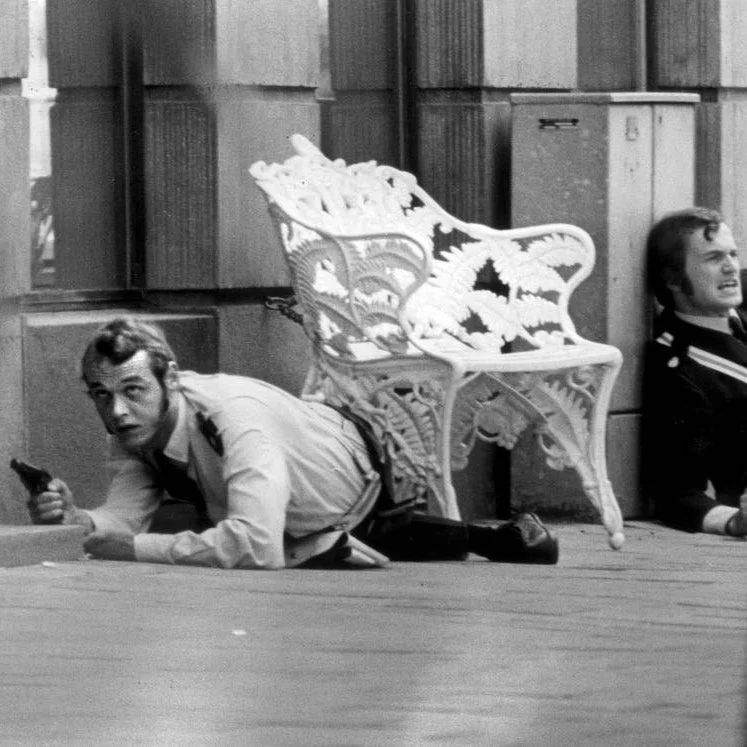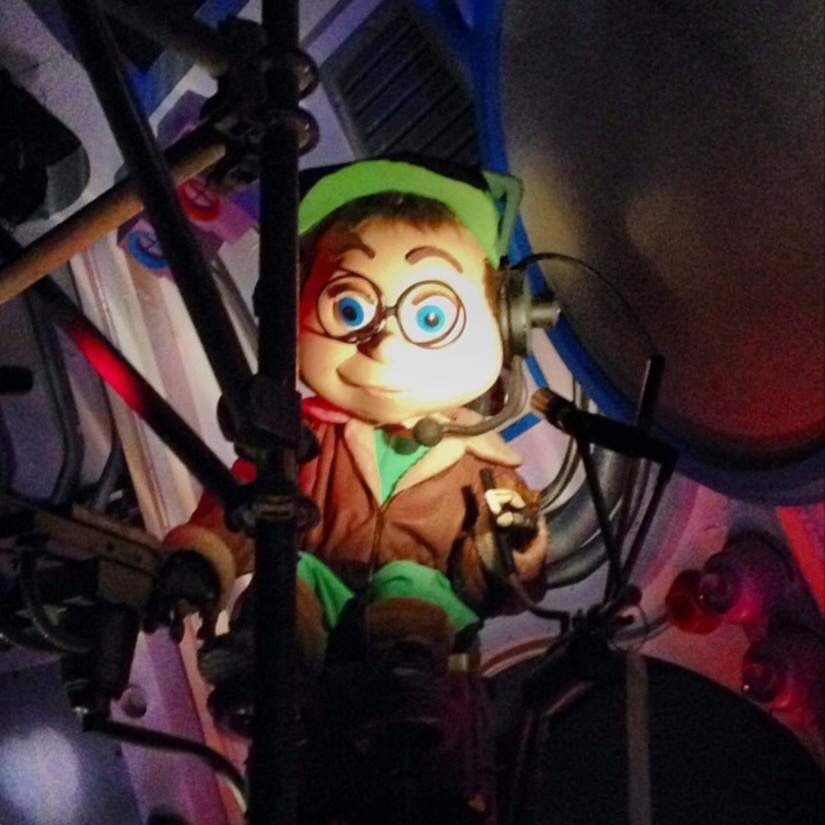2.4: My Little Goddess, Part One
Update: 2024-08-29
Description
For parents like me who chose to share 2010’s revival of My Little Pony with my children, the animated series’ emphasis on social-emotional learning is the primary draw; however, these lessons are framed in distinctly occult terms. The series is subtitled “friendship is magic” and while this may suggest that friendship is awesome, in the context of the show it often means that it is literally a matter of spells, potions, and esoteric books. The show’s association with real-world occultism in the form of pony-inspired tulpas shows the degree to which it has successfully tapped into a New Age spirituality that also appeals to adult fans. The protagonist, Twilight Sparkle, descends according to the theosophical paradigm from the palace of Princess Celestia to Ponyville in order to learn, grow, and ultimately metamorphose into the show’s version of the divine feminine—a princess with both secular and spiritual power. At the end of the third season, she achieves an incomplete apotheosis and the audience learns the degree to which her friendships are, like Aleister Crowley’s goetian demons, actually external manifestations of her own consciousness in need of harmonizing. In Crowleyite fashion, the show celebrates the ponies’ individuality, but, after Twlight Sparkle’s initiation, it troubles personal identity by requiring the ponies to surrender a significant aspect of their ego-based power. In this paper, I analyze the show’s psycho-spiritual occultism in order to explore what it means to embody the divine feminine in postmodern popular culture.
Comments
In Channel
























